
Robinson Brothers Make NCAA T&F History
Can you name the first set of siblings to win NCAA track & field titles?
We’ll give you a hint: Their last name is Robinson.
Jackie Robinson and older brother Mack went to different colleges in different years: Jackie to UCLA in 1939; Mack several years earlier to Oregon. Both topped the podium at the NCAA Outdoor Track & Field Championships, coincidentally at the same location (University of Minnesota’s campus in Minneapolis).
Mack – a nickname for Matthew – gave the Robinson family its first NCAA title in 1938 when he won the 220-yard dash in a meet-record 21.3, breaking the mark of 21.5 formerly held by Jesse Owens from 1936. While Mack wasn’t in that 1936 NCAA final, he did compete later that year at the Berlin Olympics, earning the silver medal behind Owens in the 200 meters.
Jackie, four-and-a-half years younger than Mack, added another NCAA crown to the Robinson family trophy case two years later in 1940 when he won the long jump in 24-10¼ (7.57m). He was in second place entering the final round of the event before uncorking his winning attempt. Just a few weeks earlier, Jackie opened his season at the Pacific Coast Conference Championships with a world-leading 25-0 (7.62m).
Many know Jackie for famously breaking the color barrier in Major League Baseball in 1947 with the Brooklyn Dodgers. Baseball was one of four sports in which Jackie excelled while at UCLA, alongside basketball (led the conference in scoring), football (led the nation in punt return average) and, of course, track & field. He remains the only athlete in UCLA history to letter in four sports.
Jackie and Mack were honored by the city of Pasadena in 1997 with nine-foot-tall bronze sculptures of their heads outside of City Hall.
The NCAA and collegiate track & field will mark a momentous milestone in the spring of 2021 -- the 100th anniversary of the NCAA Championships and with that, the NCAA Track & Field Championships. In June 1921, the University of Chicago hosted the first track & field championships in NCAA history.
This point can’t be emphasized enough: Not only was the event the first for NCAA track & field, but the first championships for any sport under the sponsorship of the NCAA.
To celebrate, over each of the next 365 days, the U.S. Track & Field and Cross Country Coaches Association (USTFCCCA) will celebrate moments, student-athletes, and coaches that have made a century’s worth of championships special. From humble beginnings to important historical milestones to the modern-day, collegiate track & field has evolved with the American society.
The 2021 edition of the NCAA Division I Outdoor Track & Field Championships begin with preliminary round action on May 27-29 in Jacksonville, Fla., and College Station, Texas. The championships final site and culmination of the celebration is slated for June 9-12, 2021 at the newly rebuilt Hayward Field in Eugene, Ore.

Lawson Completed “Jesse Owens Triple” In 2016
Jarrion Lawson won the 100, 200 and long jump at the 2016 NCAA Division I Outdoor Track & Field Championships.

Plab Reached Lofty Heights In NCAA HJ
Darrin Plab won back-to-back HJ titles at the NCAA DI Outdoor T&F Championships in 1991 & 1992. Plab cleared 2.34m (7-8) in 1992 & tied the 2nd best bar in meet history.
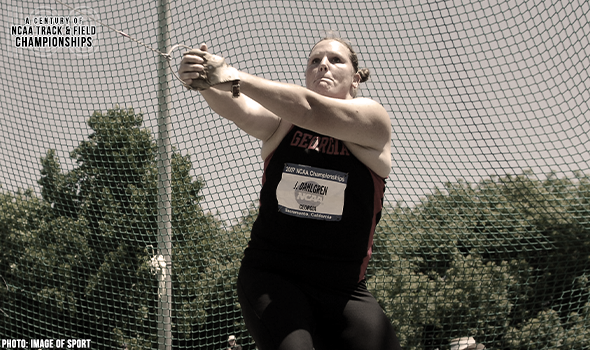
Dahlgren Won Back-To-Back HT Titles, Set MR
Jenny Dahlgren won back-to-back hammer titles at the NCAA DI Outdoor T&F Championships in 2006 & 2007. Dahlgren set a MR of 70.72m (232-0) in that second year.

Peoples Made History One Lap At A Time
Maurice Peoples won the 440-yard dash in 1973 & then really turned up the heat. Peoples split 43.4 on the Sun Devils’ mile relay team that finished third in the final.
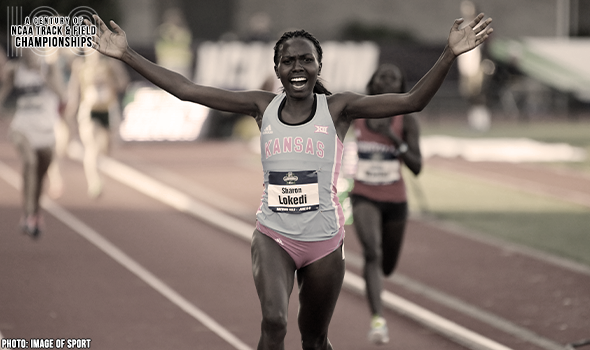
KU’s Lokedi Set 10K MR In 2018
Sharon Lokedi won the 10K at the 2018 NCAA DI Outdoor T&F Championships in a meet-record 32:09.20. Lokedi led five other women under the old final-site best, too.
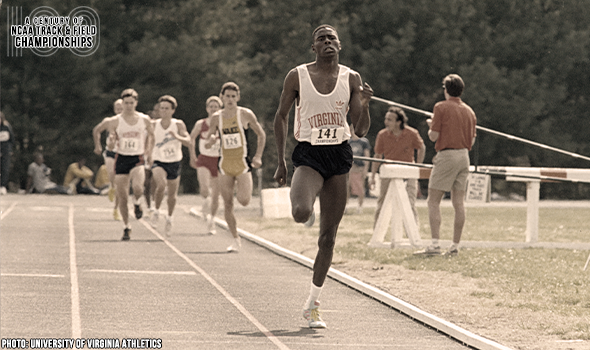
Can Ereng Kick It? Yes, He Can!
Paul Ereng won back-to-back 800-meter titles at the NCAA DI Outdoor T&F Championships in 1988 & 1989. Ereng is still the current indoor record holder in the event.
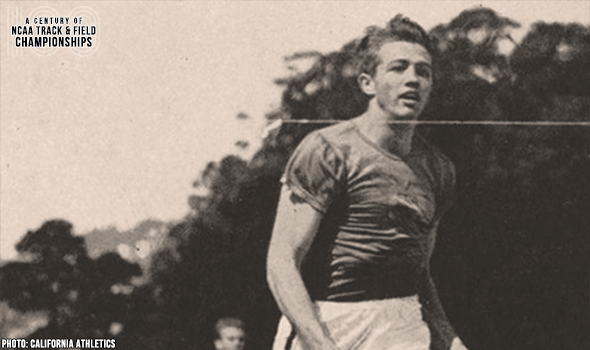
“California Comet” Doubled Up At NCAAs
Hal Davis completed the 100-200 double twice at the NCAA Outdoor Track & Field Championships.
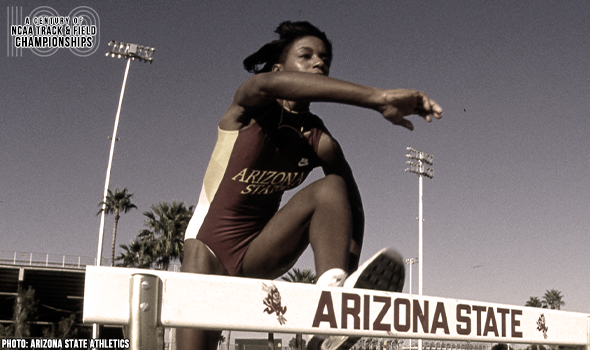
Tolbert Clocked 100H Meet Record In 1988
Lynda Tolbert won two career 100H titles at the NCAA DI Outdoor T&F Championships in 1988 & 1990. When Tolbert won in 1988, she set a MR of 12.82.
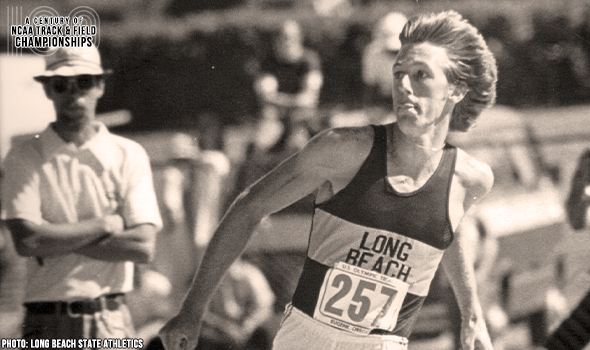
Dwight Stones Set High Jump WR In 1976
Dwight Stones set a world record in the high jump of 2.31m (7-7) at the 1976 NCAA DI Outdoor T&F Championships. Stones also raised the MR by more than 3 inches!
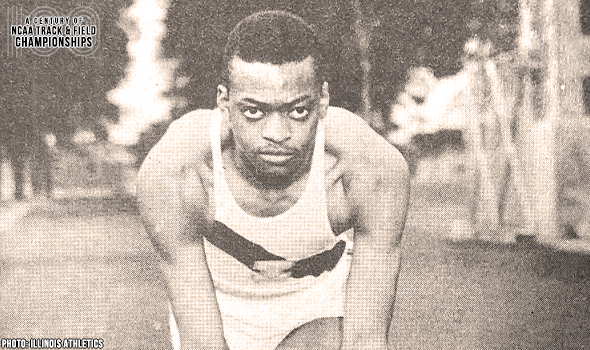
Walker Completed Only Hurdling Triple
George Walker is the only athlete in NCAA Outdoor T&F Championships history to win all three hurdling events: 110H (120H), 400H & now-defunct 220H.

